The traffic is snarled and the rules of engagement remind me of a cross between the New Jersey Turnpike and mid-town Manhattan during a gridlock alert. Finding a parking space looks to be a national sport – although one with very few rules, as people park anywhere and everywhere. Israel may be a small country with a population shy of 8 million people, but I swear they were all in Tel Aviv on the same day as I was, and they were all behind the wheel of a car.
All of which sounds a fair warning to tourists: Save your rental car for an expedition to Masada or the Galilee. When in Tel Aviv, check out either the self-serve bike rental system, or one of the shops that rents bicycles. This is a city that is more practical by bike than by car, and cycling gives you a slower, more intimate — and far safer — view than trying to drive.
In Your Bucket Because…
- It’s a low-key low-stress way to experience this Mediterranean hot spot.
- Driving in Israel is not for the faint-of-heart, and Tel Aviv parking is a bear. This is far more fun.
- Good for families, sightseers, and beach lovers.
Not that the traffic doesn’t exist for the cyclist; it’s just traffic of a different sort. A bike path system is partly in place, and where it is, traffic lanes are clearly marked. But otherwise, cyclists are supposed to share sidewalks with pedestrians, and it’s not uncommon for families to fan out to over entire paths, seemingly disinclined to move out of your way. Still, compared to driving, that’s a walk in the park (sometimes literally, as in heavily used pedestrian areas, you may occasionally have to walk rather than ride through crowded sections of sidewalks or paths).
Biking the Promenade Along Tel Aviv’s Mediterranean Waterfront
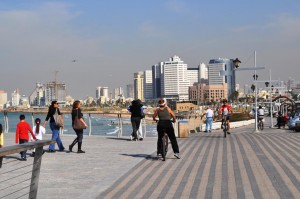
One of the best places to bike is on the Promenade (its name changes as you go) along the waterfront. You won’t have to worry about car traffic, and you can rent bikes only a few blocks away from the hotel-lined sea-front. Food stalls and (occasionally) restrooms are found along the Promenade, and the path leads all the way to the old city of Jaffa, where cyclists may have to get off their bikes to navigate narrow alleys and busy streets, but will be amply rewarded by the plethora of interesting crafts, arts, and souvenirs found in the flea markets and stalls.
Tel Aviv is mostly flat, which works out just fine, considering the clunky single-gear bikes we rented. It made for easy, leisurely riding with the Mediterranean just on our right as we pedaled south toward the historic port of Jaffa, passing a series of beaches where surfers clad in wetsuits caught the waves that pounded against the shore. To the north of us, the skyline of Tel Aviv’s beachfront was gleaming and modern looking. To the south, the view of Jaffa was of a different century, stone and stucco, with church steeples and minarets proclaiming Israel’s centuries-old multi-cultural diversity. On the beach, bikini-clad swimmers raced into the waves while on the Promenade, decorously clad Muslim ladies floated past, faceless as shadows in their black gowns and veils.
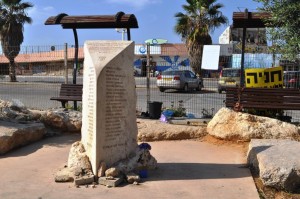
But this diversity has not, and does not, always exist peacefully, as we were reminded as we stopped at the site of the Dolphinarium, the night club where in 2001, a suicide bomber chose the evening of a high school celebration to blow himself and 21 others up. Some of Tel Aviv’s top science students, many of them recent immigrants from Russia, died in the attack; 132 more were injured. A commemorative plaque lists the names of the victims in both Hebrew and Russian.
HaTachana: The Old Jaffa Railway Station
We left the boardwalk to take a quick side trip to HaTachana. The old Jaffa Railway Station — once the terminus of the Jerusalem to Jaffa Railway line — is now a hip public space, filled with restaurants, cafes, design stores, boutiques, and perhaps the country’s coolest souvenir shop, called “Made in TLV,” which, in addition to all the normal tourist souvenirs, sells examples of some of Tel Aviv’s cutting edge design. We browsed the shops and stopped for ice cream and soft drinks (Even in early winter, it was a hot day; in summer you’d be best advised to carry at least a quart of water). A word of advice: If you plan to go shopping, be sure you have a backpack in which to stash your goodies on the ride back to your hotel.
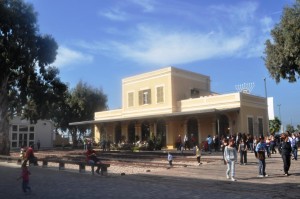
Practicalities for Tel Aviv Bike Touring
- Renting a bike in Tel Aviv can be an afternoon’s excursion, or you can rent the bike for a few days and see most of the city this way (assuming, of course, you have the legs for it). Rental fees average around $15 – $20 a day, depending on the exchange rate.
- Helmets: We learned later that they are required by law, but our outfitter didn’t say anything about it, and we saw no other cyclists wearing helmets
- Rules of the road: Stay on sidewalks; cyclists aren’t permitted to ride in auto traffic.
- Bike locks: Usually provided so you can visit stores and museums.
- Warnings: It’s a desert country, which means dry and hot: bring plenty of water, sunglasses, sunscreen, and a hat.
- Bottom line: Totally worthwhile.
Republished in 2018 from an article first published in 2012.
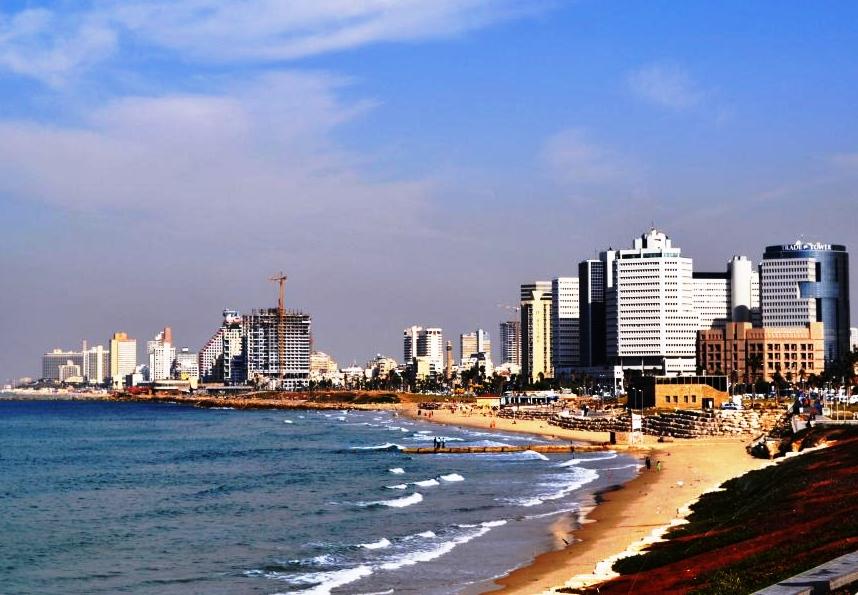
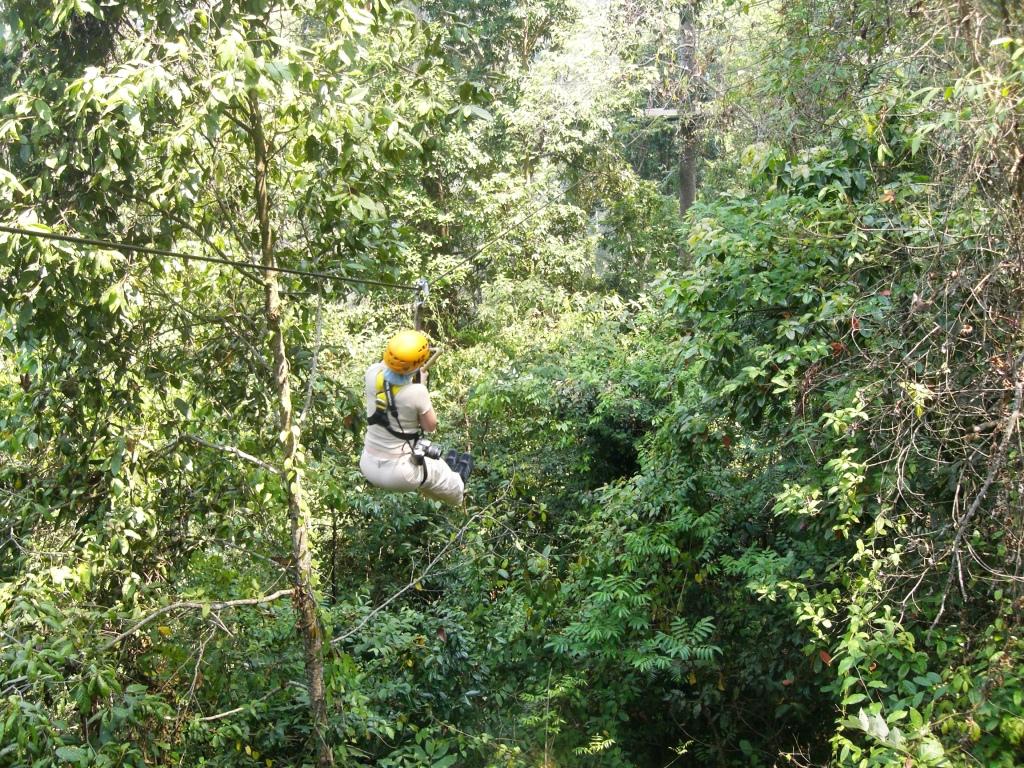
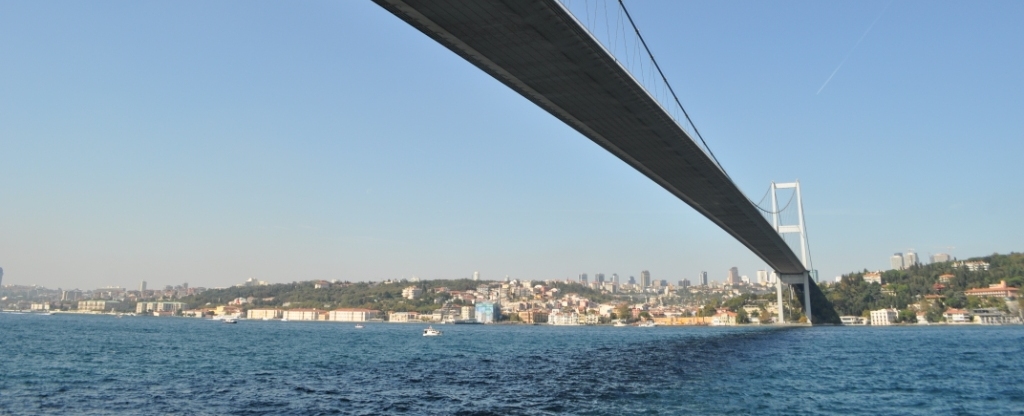

renting bikes for all the family was the best way to explore the city. wheel bee bike rental at old city of Jaffa, gave us great service and very good bikes for all of us for a week in very resonable price.
websit for bike rental – http://www.wheelbeetlv.com